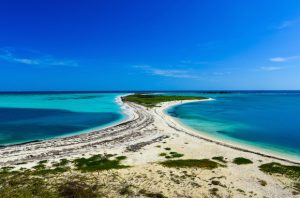If you're like most Americans right now, you could probably use a little quiet time. Even those of us who are pretty sure that everything's totally fine would likely benefit from unplugging and taking a few deep breaths. (No, really, it's all for the best.) An easy and affordable solution: Lose yourself in a national park. Here are just a few that are typically nice and mellow, alongside others that are vastly underappreciated during the winter months. You'll have plenty of personal space, not to mention extremely limited access to social media – in other words, pretty close to perfect.
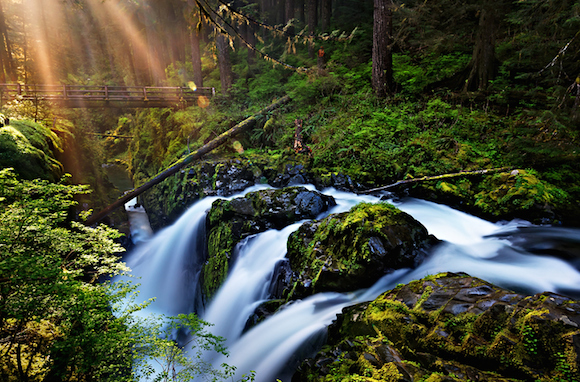
Olympic National Park Washington
Okay, so this diverse paradise way out on the edge of the Pacific Northwest can be pretty popular at times. In stormy December, however? Not so much. At this time of year, the park's beaches and temperate rainforests are where you want to be – dramatic, wild, greener than ever and almost entirely empty. Easy hikes through lush wilderness out to the rugged, remote coast are how you spend your days; hanging by the fire at the now-quiet lodges (Kalaloch is open year-round, Lake Crescent until January) is what you do after dark. Particularly when the power goes out. Info at nps.gov/olym.
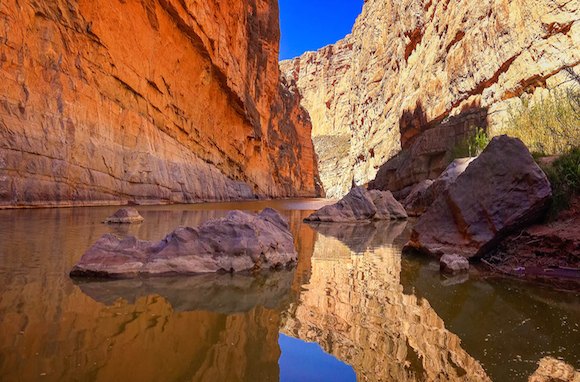
Big Bend National Park West Texas
Uncertainty over the future of our southern border puts this vast, remote park on the possibly-endangered list – majestic locations like the steep Santa Elena Canyon and the park's famed hot springs derive much of their charm from proximity to the Rio Grande River, which is the border in this part of the world. From the snowy Chisos Mountains to the 105-degree waters of the river-adjacent springs, the park offers a mix of experiences that make it well worth the slog from the nearest major airports in San Antonio (6 hours) and El Paso (4 hours). Info at nps.gov/bibe.
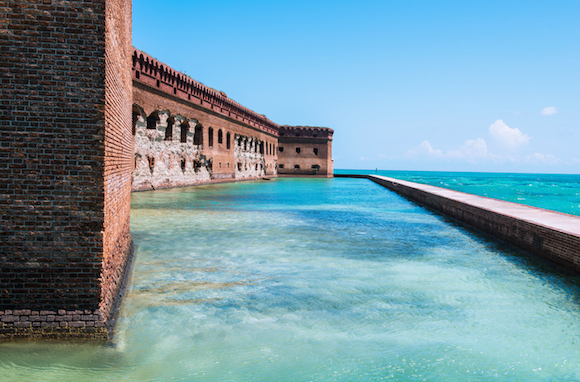
Dry Tortugas National Park Florida
Key West might be the last place you want to be at this time of year if you're looking for quiet, but one of the best reasons to head down that way (besides those sunny, hot days that'll make you forget it's December) is actually this lesser-known park, located 70 miles west and accessible by ferry and floatplane. Comprised of seven islands and home to the magnificent ruins of Fort Jefferson, a military relic built of red brick dating back to the 19th century, you'll forget all about your fellow boat mates once you see the crystal-clear, must-snorkel-immediately, aquamarine waters. If you're really after quiet, there's a possibility of camping – the rustic kind, mind you – on a first-come, first-served basis. Info nps.gov/drto.
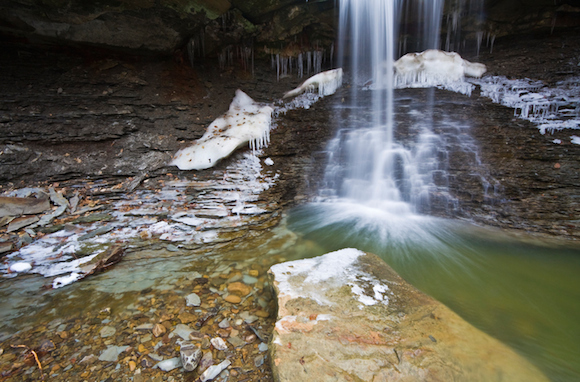
Cuyahoga Valley National Park Ohio
People who think they've got Cleveland all figured out may be surprised to learn just how close the city is to one of America's most unlikely (but in its own way, very special) national parks. Literally minutes from the resurgent heart of town, the Cuyahoga Valley is far from a secret in these parts but virtually unknown to non-Buckeyes. Waterfalls, idyllic woodlands, meandering hiking trails and nicely-maintained historic villages bearing witness to the region's earlier industrial heritage are all part of the appeal – on a typical winter morning, you'll find yourself in utter solitude, even at the park's more popular waterfalls. Tip: Cross fingers for snow – that's when the park looks best, at least from now until spring. Info at nps.gov/cuva.
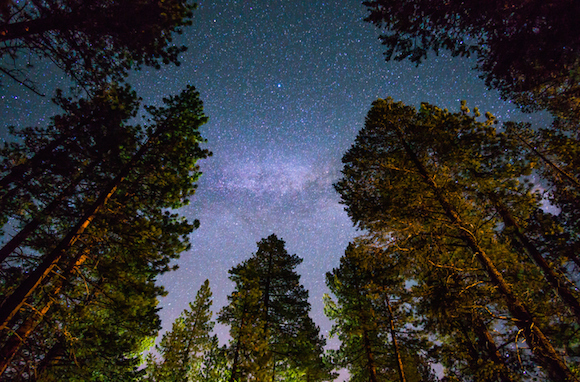
Redwood National Park California
With so many world-class parks to appreciate within the Golden State, this relatively un-infrastructured, remote destination that's home to the tallest trees on the planet doesn't lure quite as visitors as you'd expect – that's likely down to the fact that the park is a long drive from pretty much everywhere. (Tip: Do it anyway.) There's never a bad time to visit, but winter is when things get truly crazy – parts of the park claim some of the higher annual rainfall totals on the North American mainland, turning thick forests, crowned by giant redwoods, into a must-be-seen-to-be-believed, temperate jungle. Most of the focus is pulled to the southern end of the park, but true fans know that it's up on Howland Hill, above the distinctly un-charming coastal town of Crescent City, where things start to get seriously otherworldly. Bring waterproof everything. Info nps.gov/redw.
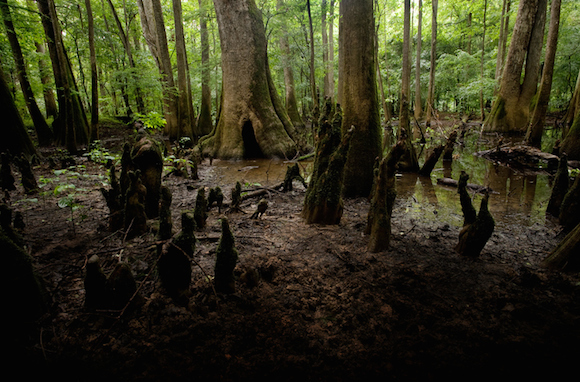
Congaree National Park South Carolina
Hot and humid and crawling with all sorts of less than cuddly fauna, this less-celebrated park between Charleston and Columbia doesn't get a great deal of action for much of the year. Wintertime, however, is prime time for those not into weather extremes. Flooding can close off parts of the park (or at the very least, cause wet feet) and fallen leaves can make it all seem even more ghostly than usual, but on balance, Congaree's creepy but cool old-growth forests rising out of the swamplands become more temperate, more welcoming, less apocalyptic. Fun fact: This is kind of the Redwood National Park of the east coast - some of the tallest trees you'll ever see in the United States are here – like, 17 stories tall. Info nps.gov/cong.
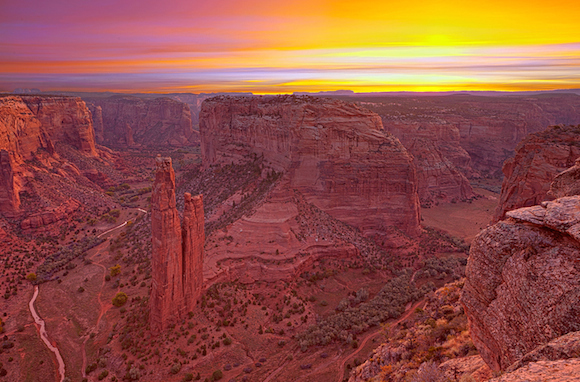
Canyon de Chelly National Monument Arizona
Located at the heart of the massive Navajo Nation, far from the crowds clogging up the works at the other canyon in Arizona you've probably heard of, this park may not be quite so, err, grand, but it's damn beautiful and – best of all – it's not really at risk of being overrun, thanks to a low-key infrastructure that includes just one simple and affordable park hotel, the Thunderbird Lodge. There's a north rim and a south rim for self-guided exploring and a trail that'll take you to the canyon floor. Whether you're just passing close by on I-40 or doing that Four Corners visit you always talked about, stopping here is fairly close to essential. Info at nps.gov/cach.
